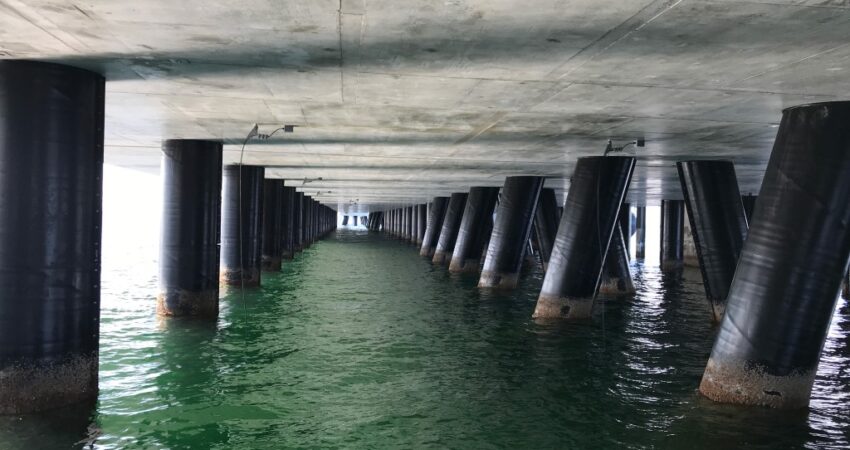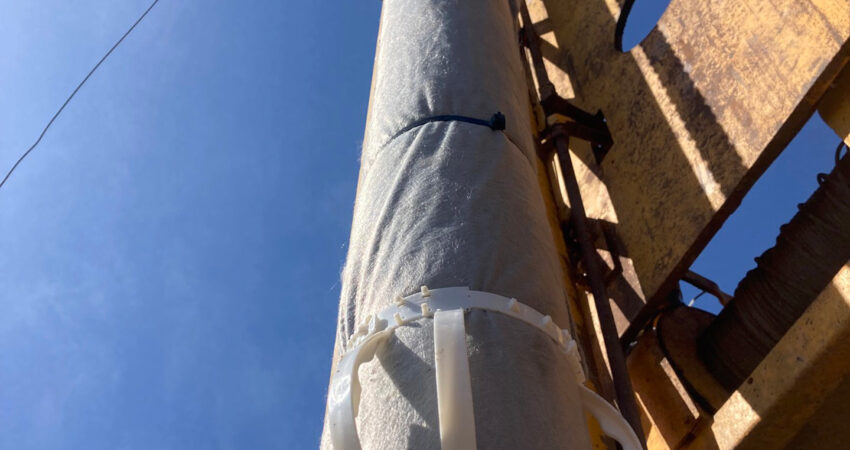Duratec senior consulting engineer Kevin Kuan knows cathodic protection like the back of his hand. In fact, he is Duratec’s official subject matter expert on CP. Here, he explains the basics.
A bit about cathodic protection
Cathodic protection, or ‘CP’, is a technique used to control the corrosion of a metal surface by making a cathode of an electrochemical cell. A simple method of protection connects the metal, via an electrolyte (e.g. water, soil or concrete), to a more easily corroded sacrificial metal that acts as the anode.
If executed correctly, CP’s effectiveness as a corrosion mitigation strategy is so profound, it has caused some in the engineering world to refer to it as ‘magic’ or ‘the dark arts’.
The history of CP
Cathodic protection was first implemented by Sir Humphrey Davy in 1824. Under the British Royal Navy’s orders, he was tasked with reducing the corrosion rate of the copper sheathing on the hull of a wooden warship.
After numerous laboratory experiments, Davy eventually succeeded in his mission by installing iron plates (the anodes) to the copper sheathing (the cathode), which is basically the way a galvanic (sacrificial) anode CP system works. What Davy and his peers hadn’t realised, however, was that application of CP in seawater increased marine growth to the cathode, thereby affecting the performance of the ship. As a result, the use of CP was halted.
It was not until the 1940s that CP was proven to effectively protect steel pipes in soil. Eventually, this became a basic requirement for the rapidly expanding oil and gas industry as it reduced the need for thicker pipes to mitigate pipe failures.
Types of CP systems
Over the years, the cost of preserving assets started to outweigh the cost of replacement, thereby increasing the demand for advanced CP systems.
There are now three types of CP systems available:
- The sacrificial anode CP system, which uses a more electro-negative alloy (typically aluminium, magnesium or zinc) than the ‘to be protected’ metal
- Impressed current CP system, which employs an inert anode and a permanent DC power source
Hybrid anode CP system, which is similar to the sacrificial anode system except the initial polarisation phase is boosted with a temporary power source (internal battery or temporary power supply unit) - Although the general principle of operation is the same, each CP system has its limitations and can only be applied to certain assets. See the table below for a summary of these limitations.
Fun fact
If your house has a standard (non-instant) hot water system, the tank is likely to contain anodes to extend its serviceable life. Without the anodes, the tank body would puncture over time from the inside. Still think you’d never come across a CP system? Think again!





